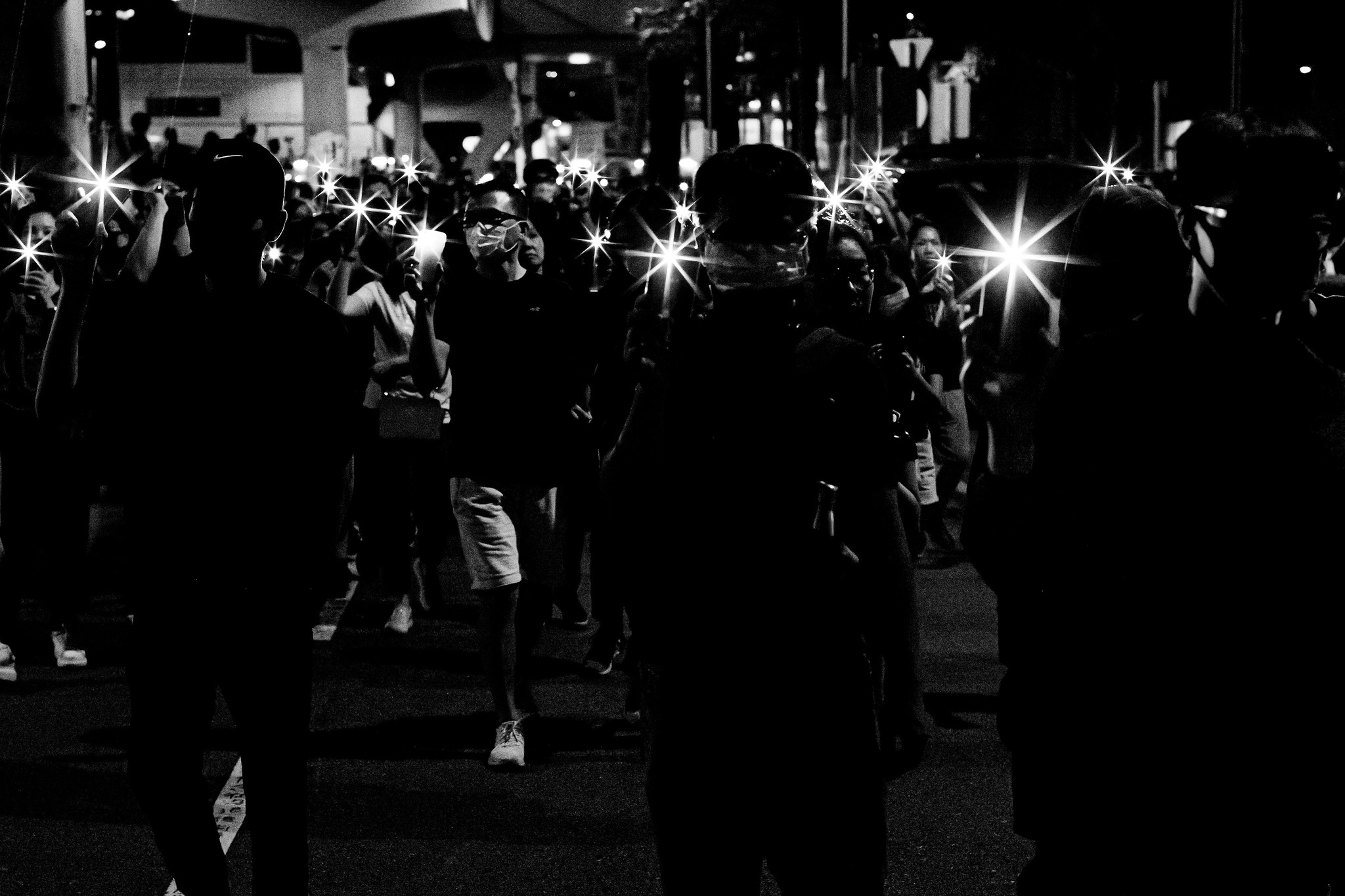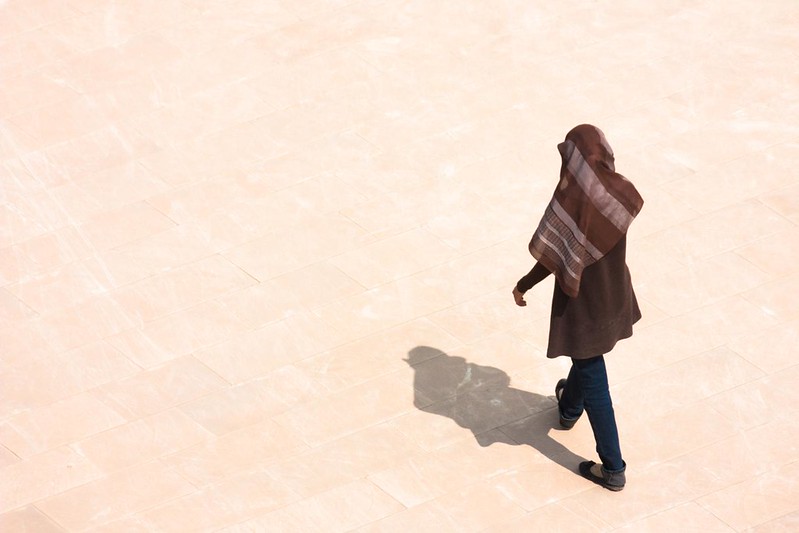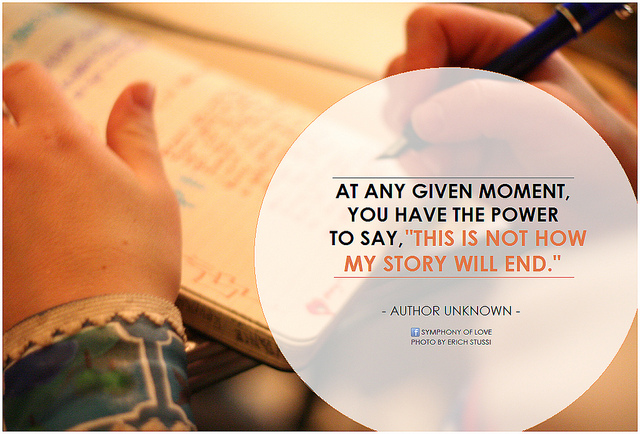Chimamanda Adichie talks about the problem of the “single story.” She says, “The single story creates stereotypes, and the problem with stereotypes is not that they are untrue, but that they are incomplete. They make one story become the only story.”
Her insightful observation is increasingly relevant today, when there seem to be only two stories about Muslim Americans pervading the media, one the narrative of the violent outsider hell-bent on destroying our freedoms, and the other the story of the discriminated and victimized minority who will never be accepted as a true American. Even taken together, these two stories reveal little about most Muslim Americans and the lives they lead.
Because these stories are incomplete, I will tell you another.
The last few weeks have been filled with a sort of profound sadness that I have not felt since the aftermath of 9/11. That evening, after a day filled with confusion and numbness, my parents told me to pray for my country. I was away at college, hundreds of miles from home, and I broke down crying alone in my dorm room. Suddenly the tears would not go away, overwhelming and surprising me over the next few days at awkward moments, as some of my college classmates and professors may remember. I was scared and anxious, but I could not really pinpoint what I feared. The advisor of the Muslim students’ organization contacted us to check in and to offer advice in case of any conflicts we may face, and it became clear that even in the bubble of my tiny New England college town, I could face a sort of discrimination I never admitted was real in the United States.
In the days that followed, I heard news reports of various hate crimes against Muslim Americans and anti-American speech from those that thought they were defending us. But no one I knew was affected negatively. I was not hurt or made to feel unwelcome or unwanted. In fact, the president of the college reached out to me personally to ask if everything was okay. The chaplain at the college asked me to help develop an interfaith ceremony to help those who needed a venue for healing, prayer, and reflection. I was not an outsider; I was rather an integral part of a community who had faith in God and in people.
When I entered the workforce, I started as an English teacher at a private Jewish Day School. To many people, this is shocking and impressive (on my part or on the part of the school, or perhaps both). But to me, it was just a decision that made sense. I was teaching at a great school, in a warm and welcoming community. I loved my students and my colleagues, and I was never made to feel that I had to prove that I belonged. I spoke openly about my experiences and beliefs as a Muslim when asked, but I was more than a token Muslim at the Jewish Day School. I was trusted with the responsibility to teach writing, literature, and critical thinking to hundreds of students, to mentor teachers, and to shape the curriculum and the vision of the school for the next generation.
I not only grew as a teacher at the school. There, crucial lessons of my childhood were reinforced, that the most important tasks require a daily commitment: religious observance, prayer, and reflection to improve ourselves, and collaboration and compromise to build and strengthen our communities.
I know there are real stories of hardship, victimization, violence, and oppression. And perhaps one day some of these trials will seep into my own narrative. But even then, my story will not be limited and defined by them. The vast majority of our stories are not about fear, hatred, or superficial divisions, and I refuse to let these be the only stories we hear.
Our stories are complex and varied because each choice we make springs more connections, revelations, and insights. More possibilities lead to more stories, and these in turn generate hope that motivates us to learn, create, and build. It is the great potential of our many stories in this country that restores our faith.
[separator type=”thin”]
S. Mohsin is a teacher and writer with Masters’ degrees in both English and Education. After several years teaching and chairing the English department of a local high school, she now teaches writing at a community college.

















